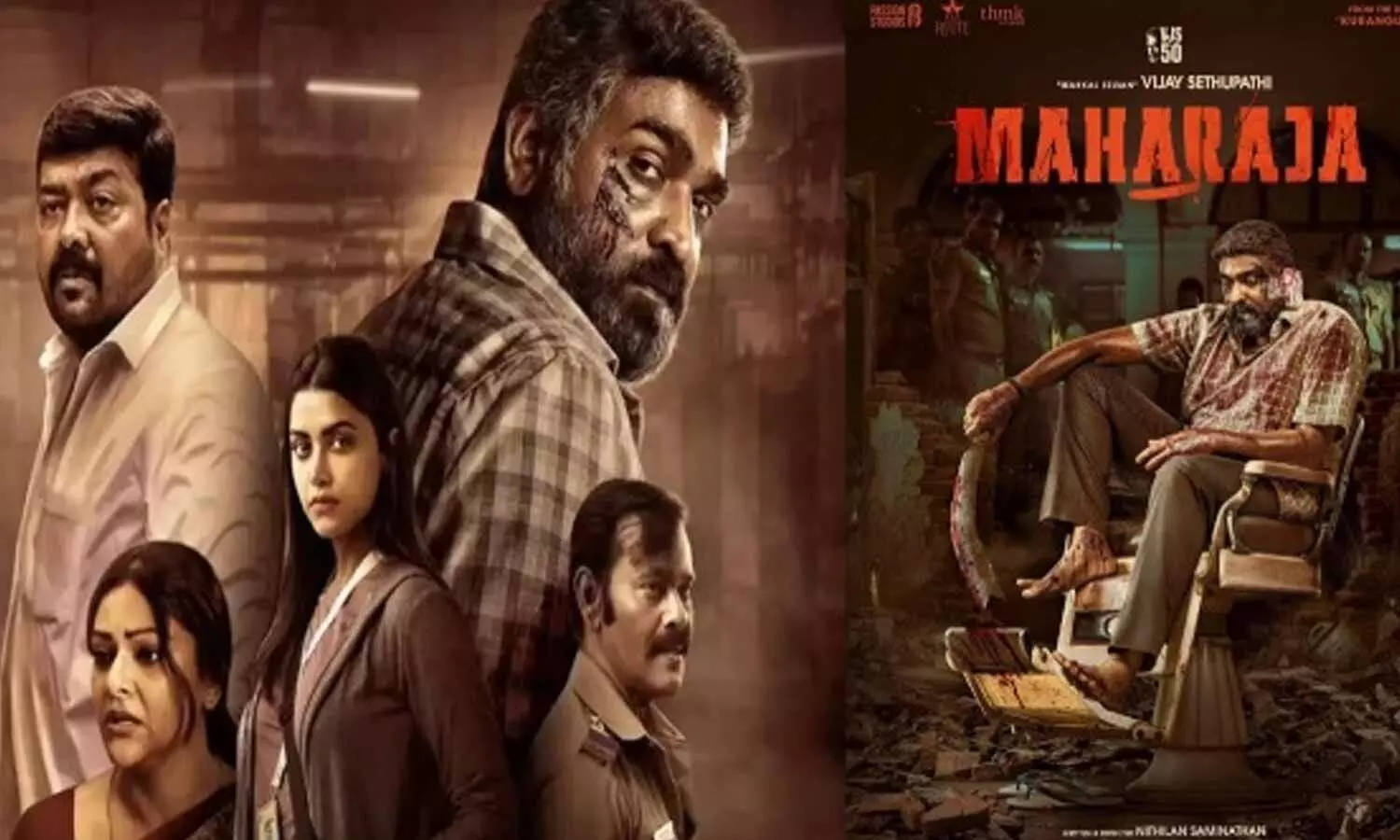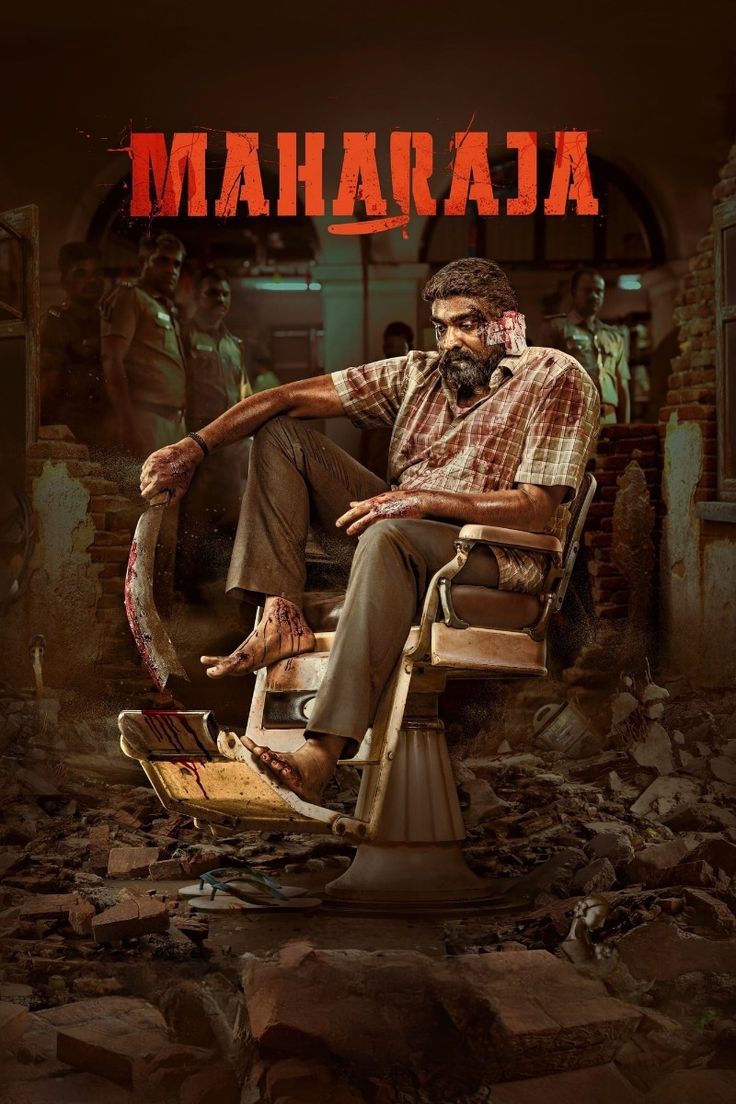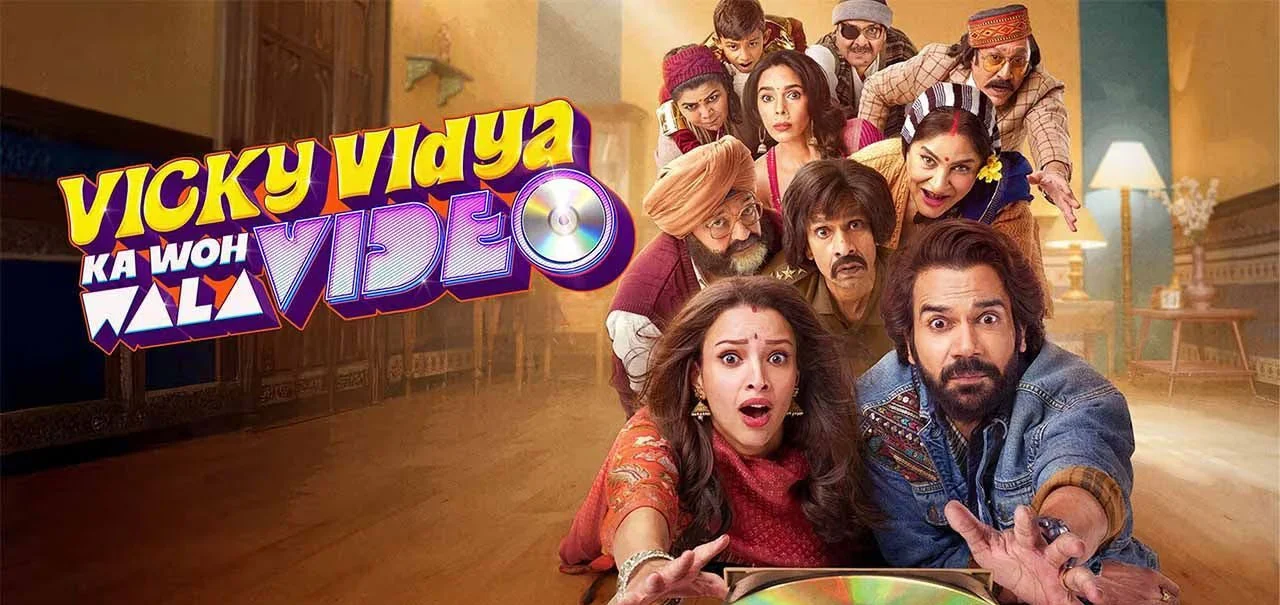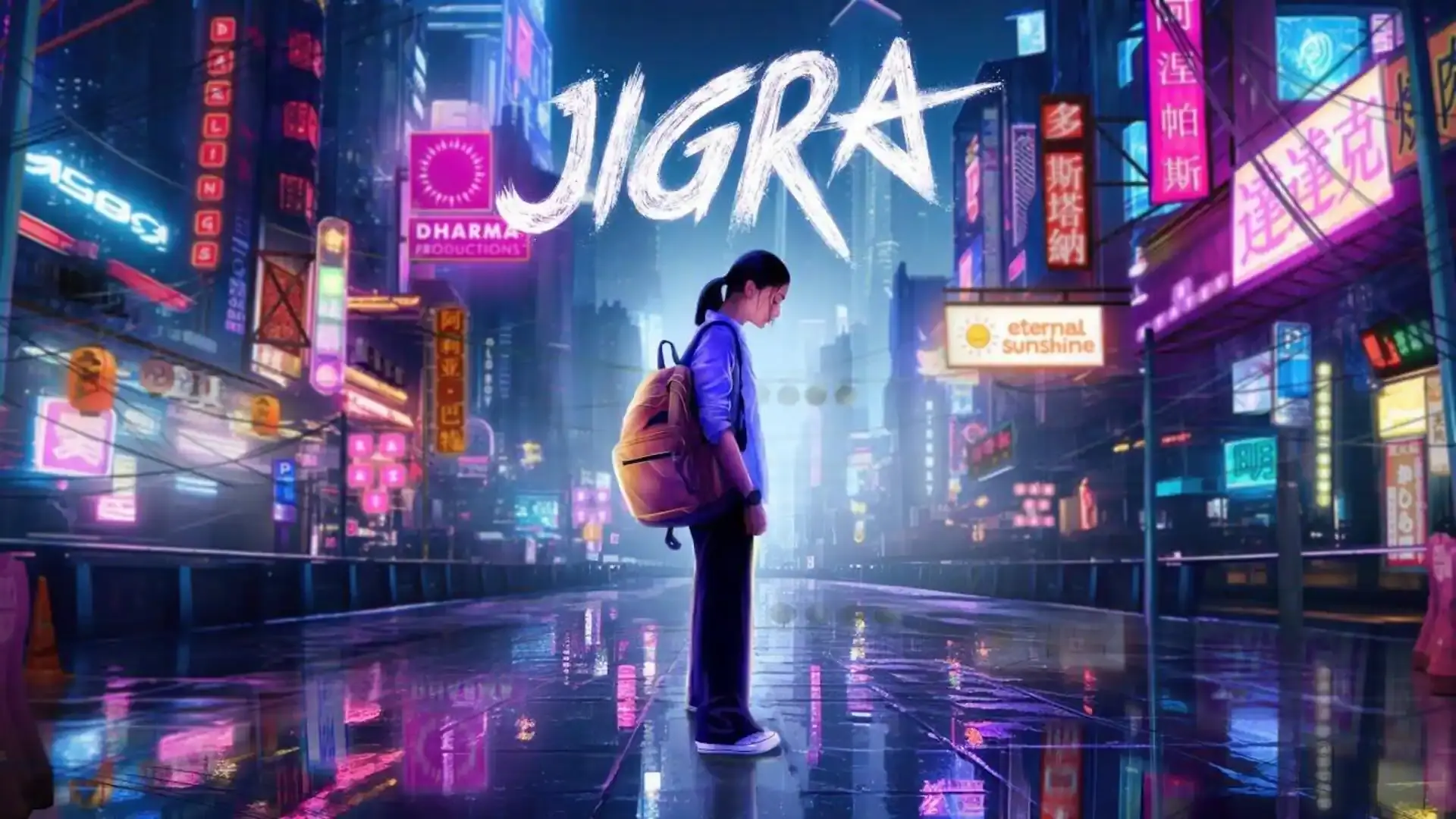Maharaja movie review: A Cinematic Triumph Led by Vijay Sethupathi and Directed by Nithilan Swaminathan
The Tamil film industry, known for its vibrant and diverse cinematic offerings, has once again delivered a standout movie in the form of Maharaja. In Nithilan Saminathan’s deft hands and starring the unrivaled Vijay Sethupathi, Maharaja is not just another film on the numerous Tamil plateaus. It is a well-knit story that plunges into the depths of human nature, power, and the eternal battle between good and evil.
The Plot: A Tale of Power and Redemption
Maharaja narrates the tale of an individual ensnared within a web woven by power, treachery, and redemption. This is why Tamil Nadu’s rich culture and society act as a sturdy foundation for the film’s story that appeals to both local people in this region as well as those from other parts of the world. The plot revolves around Vijay Sethupathi, who plays the leading role in the movie Humped King which traces the lives of the poor in a less popular area, turning out to be Maharaja. In his journey up the hierarchy, he encounters numerous hurdles that put him through tests on morality, fidelity, and humanity.
Several interrelated plots build on the main storyline forming a complex narrative. Nithilan Swaminathan, who doubles as a scriptwriter of this movie, has put together all these secondary themes so well it may leave an audience wondering what he is saying. The film flows at a moderate pace giving time for character evolution; hence, it does not rush into its storyline. Thus keeping an audience glued since they are sucked into Maharaja’s world and the predicaments he undergoes.
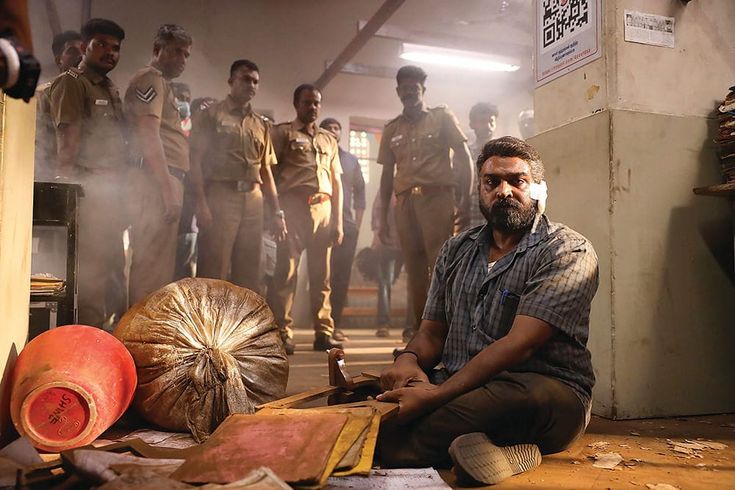
Vijay Sethupathi: The Heart of Maharaja
The bright shining example of Vijay Sethupathi must be included in any conversation about Maharaja. Sethupathi’s ability to adapt to diverse roles has earned him acclaim in Indian cinema as one of the best actors around. In Maharaja, he delivers a performance that goes deeper than just acting, it is filled with big and subtle movements which show the variety in his acts.
Commissioner Maharaja’s portrayal of Vishal Chandramohan Sethupathy feels almost destined, capturing every nuance of his character, from mannerisms to poses. Despite the abrupt end to filming, raising questions about who truly excelled—those seeking attention or those using irony—his lack of recognition, including never receiving mail, doesn’t undermine his significance compared to daytime TV stars.
For instance, there are occasions when you see him going through life driven only by greed while other times struggling under the weight of past errors; yet somehow everything seems to immediately make sense again no matter how confusing all this might sound if ever tried interpreting something like that myself! With a different mood changing direction here we have just that special actor who can do it better than anybody else in every other industry along here but still has them sit tight until all stops have been called upon finally leading us back again towards where originals tend always to belong long run.
One of the notable things about Sethupathi’s act is his skill to express the emotional tension of his character. Maharaja is a person caught between his dreams and the ethical issues he has to face. This dilemma is portrayed well by Sethupathi, ensuring that even when he takes illegal steps, he makes us feel for him as viewers. Moreover, it is this kind of chemistry with other actors that further enhances his performance, especially in those moments where his character is fully revealed.
Nithilan Swaminathan: A Director’s Vision Realized
Nithilan Swaminathan who made his directorial debut with a critically acclaimed film called Kurangu Bommai in 2017 has found another opportunity to showcase why he remains one of the best directors around through Maharaja. Through this film, Swaminathan shows himself as an artist who possesses the most original voice and thorough knowledge of cinematographic techniques. His directorial style is characterized by attentiveness to minute details, narrative structure command, and taking out the best in performers.
In Maharaja, Saminathan’s directorial approach is marked by an amalgamation of both realism and stylization. He brings forth a real world, but there is still a twinge of cinematic that he adds, which makes the storytelling better. The balance in this regard can be seen especially in how the film’s visuals are made, they stand out on their own as well as capture one’s attention. Colors, light, and composition are some of the things that make it a visual delight.
What makes Saminathan successful as a director is that he manages to create tension without being clichéd. The story plot of Maharaja always keeps people anxious in their chairs because Saminathan knows how to manipulate the shocks. It is delivered piece by piece where every shot plays an important role; hence, it is such an interesting film- this remains his meticulous aspect of that piece.
In addition to this, Saminathan’s visual story is a demonstration of his comprehensive comprehension of the human mind and societal interactions. Maharaja’s characters are intricate and multi-faced, with their aspirations as well as flaws. Saminathan allows them time to develop thus making them believable. In terms of character growth, it can be perceived as one of the strongest things in the film that connects the audience on an emotional level.
Supporting Cast: A Stellar Ensemble
With Vijay Sethupathi being a superstar indeed, Maharaja’s supporting cast underlines extraordinary acting. From each other, every actor provides a distinctive contribution to the movie narrative building bricks; hence making it stronger in its entirety.
This is part of a rewrite that is human and straightforward while maintaining similar adjectival choices for less perplexity and more variables.
Niharika Konidela, who takes on the role of the female lead, performs in such a way that she appears both graceful and strong. Although her character does not play any major roles compared to Sethupathi’s character, it is instrumental in the progression of the story. Konidela’s performance is marked by a subtle sense of strength and has visible chemistry with Sethupathi which makes their relationship realistic rather than superficial.
Anand Raj plays the antagonist in this film and is another actor who stands out in this movie. He projects a power-driven tyrant politician that elicits fear even before he utters a word. He completely opposes Sethupathi’s personality through his acts but confrontations between them are some of the most intense moments in this movie.
Besides these major actors, there are also notable performances from side actors like Ilavarasu, Mime Gopi, and Azhagam Perumal who enrich the storyline with their flesh-out characters. Therefore, Maharaja represents an all-encompassing film with a great ensemble cast.

Technical Brilliance: A Visual and Auditory Feast
The storytelling and acting are just some of the things that make Maharaja extremely successful. Moreover, it’s a technical wonder as well. The movie has perfect timing in cinematography, music as well as editing that makes watching it as one whole process enjoyable at once.
Dinesh Krishnan, who acted as a cinematographer, did a commendable job of bringing out the soul of the film’s locations. In terms of visuals, they are stunning though mainly focusing on composition and light. In addition to this Krishnan’s use of both long shots and close-ups helps in emphasizing both the grandeur and the intimacy of the plot. The movie’s filmmaker assumed this form by developing a visual style that contained grit together with sheen reflecting the twofoldness of the protagonist’s adventure.
Another great thing about this film is its music composed by Santhosh Narayanan. Narayana’s score can be described as evocative and haunting matching perfectly with the tone and mood of the entire narrative. The soundtrack features an interesting blend of some traditional sounds alongside more modern ones which contributes to creating cultural realism about the narrative. In particular, music played behind the scenes enables increasing attention levels thus enhancing emotional experiences associated with important scenes.
Philomin Raj’s editing is acute and exact, thereby making the film’s movement remain constant for its entire running time. His editing choices contribute to the film’s suspenseful atmosphere as he skillfully intertwines various narrations. It keeps an ideal length for there are no unnecessary scenes or subplots that obscure the main storyline.
Themes and Symbolism: A Reflection on Power and Morality
Maharaja is a movie that goes beyond just entertainment; it is an introspection of power and morality. The film treats thus suggests that power if left unchecked can corrupt even those who are most well-meaning. This theme serves as the quest of our main character given the actions he has taken and decisions made.
The idea of atonement also emerges in the film since Maharaja wants to redeem himself from earlier errors. The treatment that this theme receives shows sensitivity towards its importance as the protagonist undergoes his transformation. Symbolism and metaphors permeate Saminathan’s screenplay adding much more meaning to its storyline. Furthermore, utilizing depictions such as mirrors or shadows poetically enhances duality and ethical complexity within the scene.
In addition, the Maharaja mentions social and political issues like corruption, class conflicts, and the abuse of power. It’s a theme that is reflected throughout his story, making it relevant in today’s world. Saminathan tackles these issues frontally without evading them however, he makes them sound sensible to the audience by embedding them into the plot.
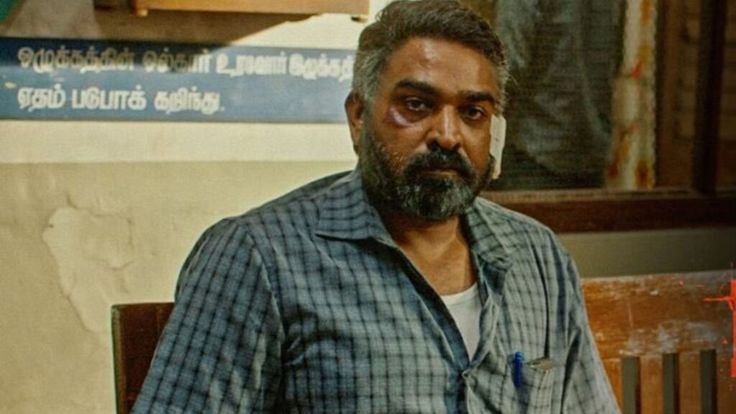
Conclusion: A Cinematic Masterpiece
with no doubt will make an unforgettable experience within your lifetime. The history of art overall should include movies like Maharaja regardless if we consider them perfect or not.
What do we see? What do we feel? Often time I ask Myself these questions aloud even though I already know their answers so well. Why some movies are worth watching more than once and what makes them tick? Well, all those can explain! Above all these films possess this certain aura that tells us everything unspoken about them by creating a certain atmosphere around every frame not letting us forget what happened before while suggesting something new instead.
People are different but similar at the same time; they cannot live without each other yet they cannot stand each other either. And isn’t it funny how they find themselves craving for some thrill in their lives? They may enjoy horrible things however from there arises surprise and everlasting peace manifested through sorrowful hearts filled with joy towards exploring others only with eyes per se but haunted by ghosts from the past lying dormant beneath the surface waiting for the right moment to burst into flame transforming the whole world into chaos flowing away and being reborn again simultaneously? What kind of madness is That? Madness inside Madness.
Deeply invasive pain has become an overwhelming curse accompanying us everywhere we go currently under the disguise of normalcy expressed by a masked smile or laugh even though everybody understands it very well without having said aloud anything explicitly on topic.
After learning about infection people may pretend about anything else while feeling fine until doctors say something like “I don’t see anything wrong with you”. But then we don’t know where to turn anymore except blindly retreating down memory lane heading towards oblivion instead of following bright tomorrow waiting ahead just around the corner behind two or three doors leading into other life changed forever after finding ourselves there because at least once upon a time there used to exist such thing as paradise which would mean something different compared by everyone involved in its creation along various paths leading into darkness until finally encountering lightness once more transforming everything into nothingness forever.
